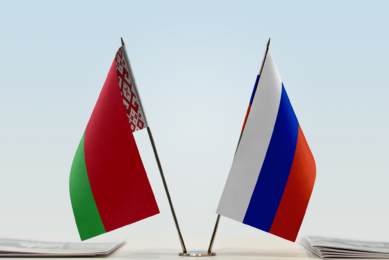Fish vegies need more lysine
Farmed salmon need 30% more lysine than previously thought and salmon which do not get enough lysine have more fat than salmon which receive adequate lysine, says NIFES, the Norwegian National Institute of Nutrition and Seafood Research.
In response to the trend to replace more than 50% of the fishmeal in salmon
diets with plant proteins, NIFES has developed a feed that can be used to study whether
feed with high levels of plant protein cover the salmon’s need for essential
amino acids.
“Fishmeal contains an optimal balance of the essential amino
acids, while a plant protein raw material does not. A fish feed with high levels
of plant proteins may result in a fish feed that does not contain enough
essential amino acids. This may influence fish health and growth”, says Marit
Espe, researcher in the Aquaculture Nutrition Group at NIFES.
Atlantic
salmon in seawater with a starting weight of 300 grams was fed six different
feeds. The fish meal was totally or partially replaced with plant proteins
(wheat, gluten and corn).
The feed with 5% fishmeal, 5% hydrolyzed fish
protein and 3% squid hydrolysate was best suited for studying amino acid
metabolism in salmon.
The test feed had an amino acid profile similar to
the control feed, but with the possibility of varying the levels of a desired
amino acid.
Low lysine, fat fish
Farmed salmon weighing 600
grams were fed the test feed, which in this case contained from very low to very
high levels of lysine. “The results showed that salmon which received inadequate
levels of lysine deposited less protein and were fattier than salmon receiving
enough lysine. The weights of fish fed on two different feeds were similar”,
says Espe.
“The test feed showed that Atlantic salmon weighing 600-1100
grams actually need 30% more lysine than what is recommended today.”
The
test feed can also be used to study farmed salmon’s need for other essential
amino acids, when the feed composition is changed to include a large proportion
of plant proteins.












